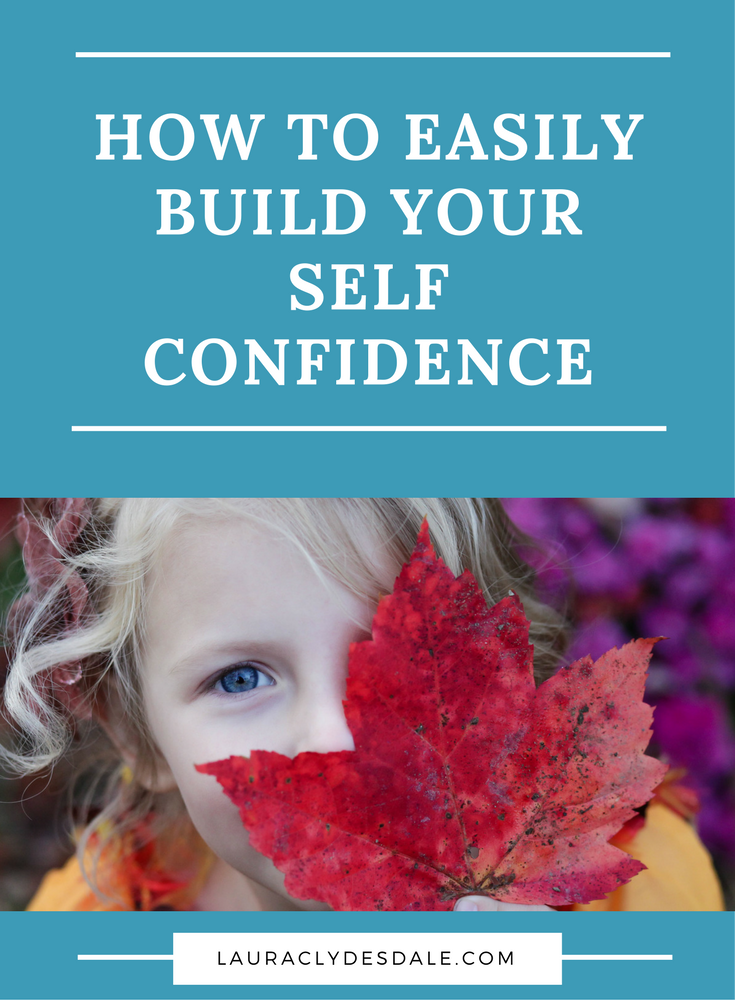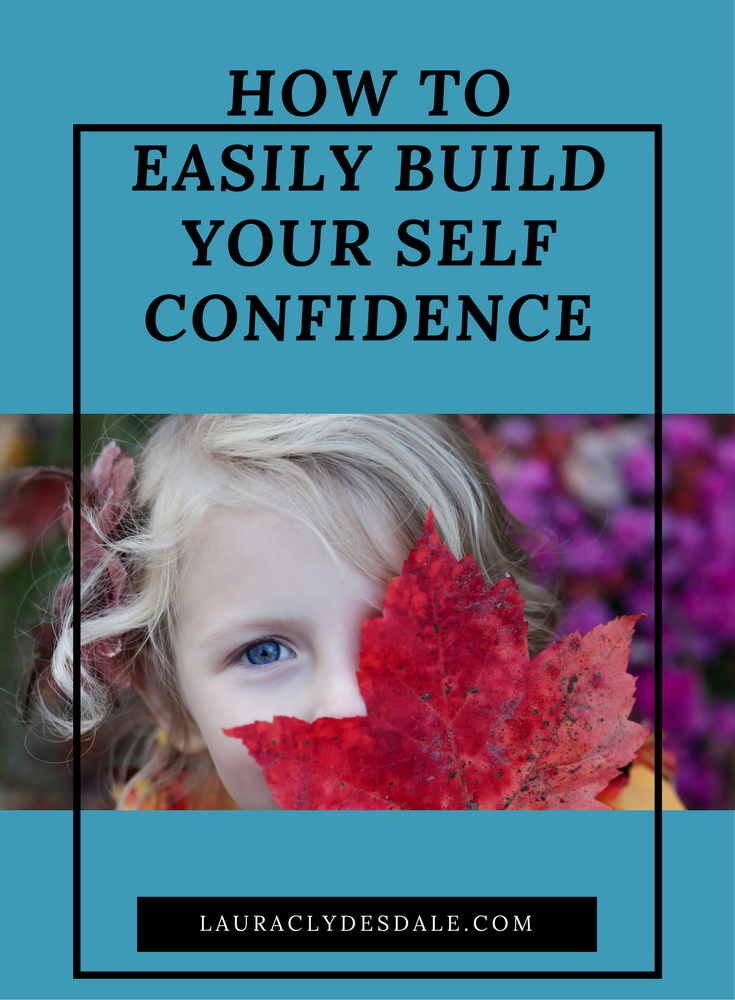The six-grade boy approached her on the playground with his tribe of orcs in tow. They had followed him over to witness the for-some-reason-this-sounds-like-a-good-idea challenge.
“You’re stupid!” the boy said.
“You’re wrong,” my daughter immediately replied. “It’s pronounced…AWESOME!”
Dumb-struck, the boy slunk away to a chorus of snorts and laughter, she explained at the dinner table. “Why would he even?” she said while shaking her head and stabbing another forkful of pasta.
I recently recalled this year-old altercation after reading a new study on self-esteem.
At the time, I remember thinking, “If it had been my 11-year-old self, I would have been shocked into silence.” I probably would have felt awful and teary for the rest of the day. At best I would have thought of an excellent retort…two hours later.
So why was she better at this than I was at her age?
Because, according to this research, she was quickly able to turn the tables on the little tyrant due to her ability to channel her self-esteem during a stressful situation.
It wasn’t only that she didn’t believe him. She didn’t feel defined by something or someone else.
Now, if the showdown had happened two years ago, it would have looked entirely different. Raging with a bad case of good-girl perfectionism and general self-doubt, I’m positive the score would have been boys: 1 girl: 0. There definitely would have been tears.
Her self-confidence has improved much over the past few years. Perhaps it’s just maturity, but I suspect it has a lot to do with this blog.
After putting the research article down, I realized that, unknowingly, we have been running our own self-esteem experiment. We talk a lot about personal values and what we know to be true about ourselves. Things I never talked about with my mother at that age.
Apparently, loving yourself doesn’t just armor you in broad, overall life. It can be tapped during small challenging moments. It can even be done purposefully, as you prepare for an upcoming, stress-inducing event.
High self-esteem is internal. When we have it, we feel less dependent on the approval of others. We even get more comfortable with disapproval.
But you don’t need a girls’ leadership blog to improve your child’s self-confidence.
Where the science gets fascinating, is that drawing on strong, unrelated areas of self-esteem can help you during an important interview, presentation, penalty kick, and even showdowns on the playground.
How is this possible?
Lakshmi Balachandra stumbled upon this by accident. She is a leading expert in improvisation, negotiation, and entrepreneurial pitching. She wanted to know which entrepreneurs received funding from angel investors and what tipped the scales in their favor. After painstakingly analyzing 185 videos of venture capital presentations - looking at both verbal and nonverbal behavior - Balachandra was surprised to discover that the strongest predictor of who received money wasn’t content, credibility, or even credentials. The strongest predictors instead were: confidence, comfort level, and passionate enthusiasm.
We might automatically assume that it’s just charisma or first impressions. However, experiments run by professors David Creswell and David Sherman, indicate something deeper.
In their experiment, Creswell and Sherman filmed participants delivering an impromptu speech before a panel of stern and unemotional judges. Even worse, after giving their speeches, the participants were instructed to count aloud backward from 2,083, in intervals of thirteen, while the judges repeatedly yelled at them, “Go faster!”
Yikes!
Also, before and after the speeches and the counting backward ordeal, the researchers measured the subjects’ emotional states by testing their saliva for the stress hormone, cortisol.
So who did the best and why?
Before the experiment, Creswell and Sherman randomly selected some of the participants to write about a core value. Any core value as long as they believed deeply about it. The other participants were instructed to write about something that wasn’t very important to them.
Not only did the people who had written about personal values that mattered to them experience no increase in cortisol at all, but an independent panel viewed all the impromptu speeches and judged the core value believers the best! The researchers concluded that by doing this self-affirmation of their authentic best selves, they somehow had protected themselves from the adverse effects of anxiety.
They replicated this experiment with real world mid-term exams and got the same results.
The self-affirmations were completely unrelated to the tasks at hand. They might have been “I’m creative” or “I’m caring.” These were core values, not hollow-ringing recitations trying to convince ourselves of something that wasn’t true.
That’s just wishful thinking, not self-confidence.
So what does an effective and practical self-confidence exercise look like?
Laura Morgan Roberts is an organizational behavior professor and a big believer in the research on self-affirmation. She suggests we complete the following exercise:
• What three words best describe you as an individual?
• What is unique about you that leads to your happiest times and best performance?
• Reflect on a specific time — at work or home—when you were acting in a way that felt “natural” and “right.” How can you repeat that behavior today?
• What are your signature strengths and how can you use them?
This is a fantastic exercise to do with children as they have just as many stress-inducing events, if not more, in their lives. Many other experiments have shown these types of self-affirmations can also help with reducing bullying and increasing grades.
As parents, this is a sharp reminder that instead of always praising our kids on skills and scores, we should help them to praise themselves.
My daughter’s been working hard on this side of herself. I’d love to say that she is strong all the time now. She’s not. None of us are. She still gets rattled, nervous and anxious.
But she believes firmly in many of her core values and this is the key to success with this exercise - you must actually believe your answers.
It doesn’t matter if your child thinks they are a good bug catcher or fast reader, whether they feel they are a nice person or a good listener. When they feel safe with themselves, they can take on anything.
Even a pack of 12-year-old boys.
-Laura







